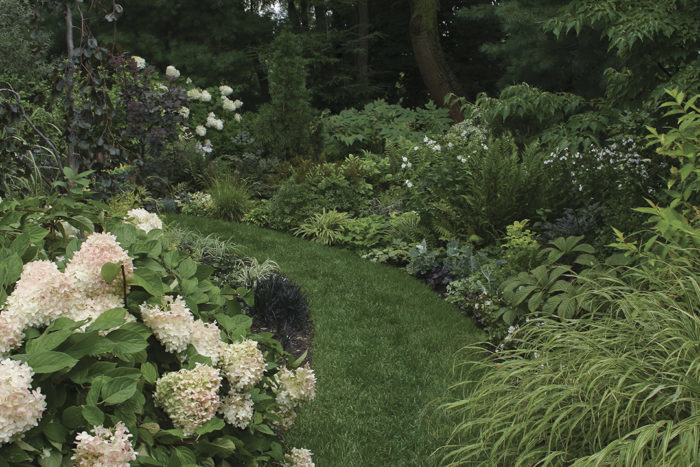
A garden based on color contrasts is always interesting. It doesn’t matter what season it is, how mature the plants are, or even what’s in bloom—pair two plants that are opposites on the color wheel and excitement ensues. Once I fully grasped this concept, I wondered what would happen if I designed a space using the ultimate in color contrasts: black and white. My answer came quickly: Magic. I quickly found that using this striking color combination helped turn a boring space into an eye-catching expanse.
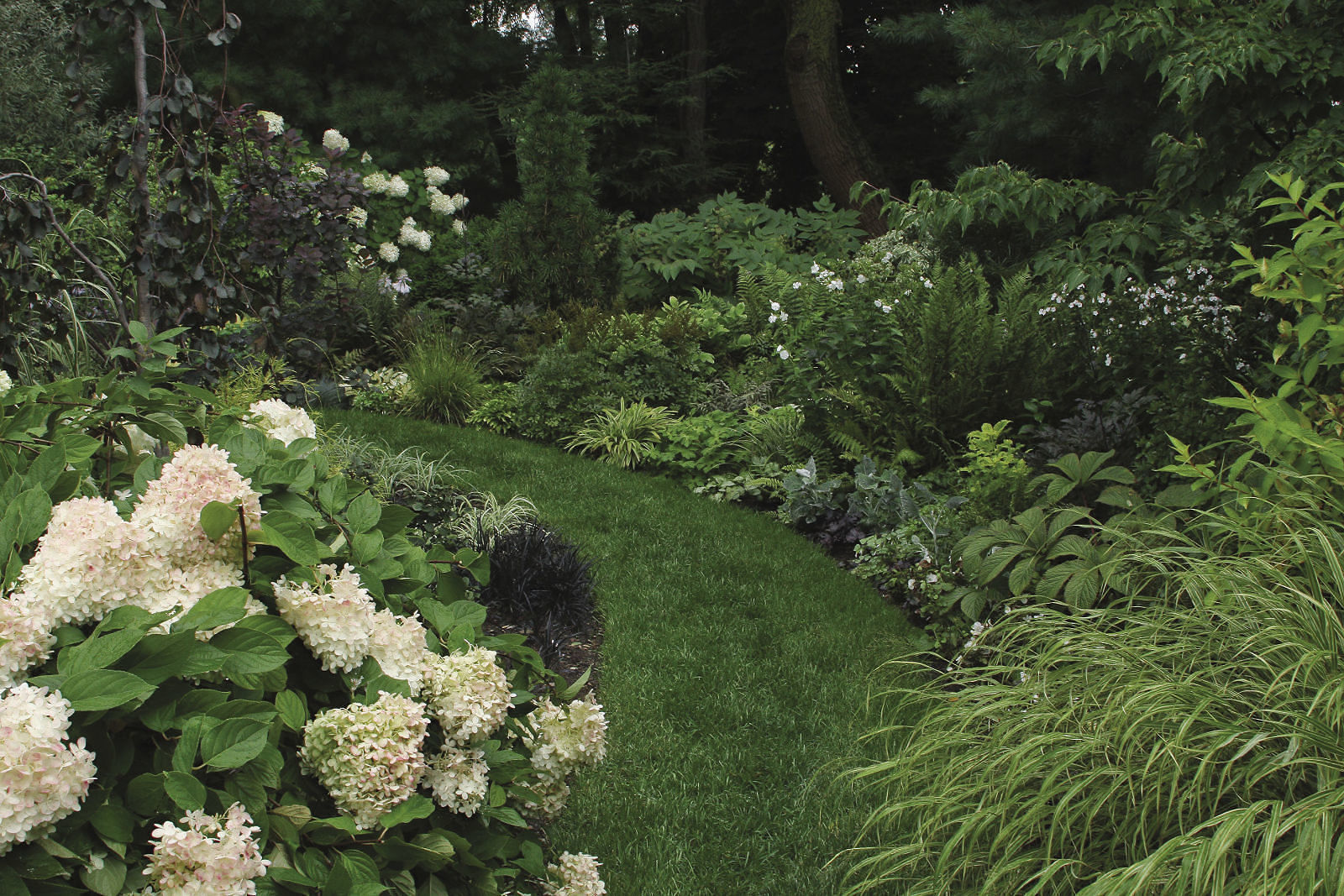
Combining such extreme opposites can be tricky—you can’t just throw a bunch of black and white plants together and expect it to be interesting. My approach involved selecting plants that grabbed my attention with their white flowers or pale foliage. Then I balanced those searing hues with dark-leaved plants, which also added depth and a sense of mystery. Finally, I gave white-and-green-variegated plants a special role, which resulted in the most stunning combinations I could have ever imagined.
White Always Draws the Eye
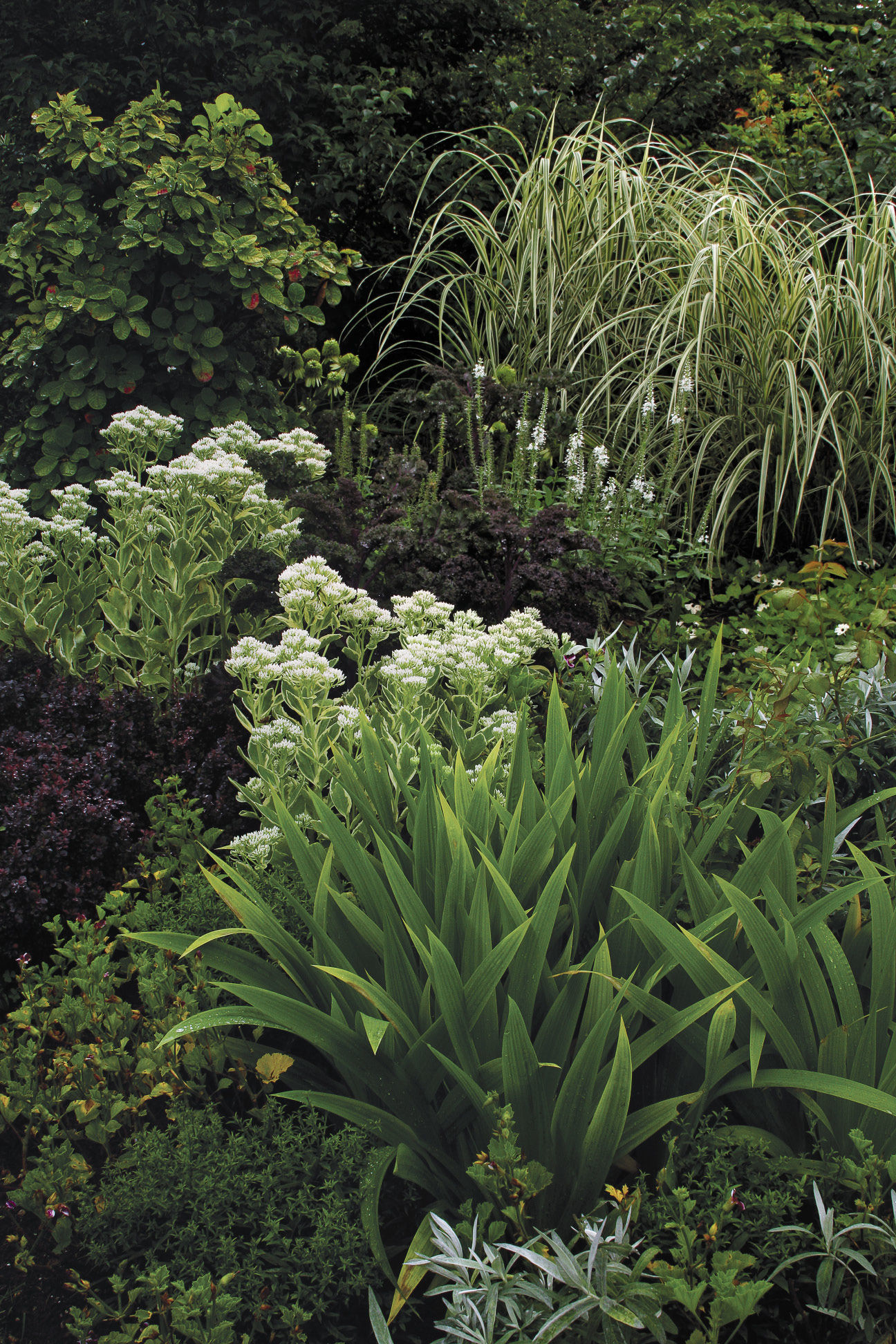
No color burns brighter in the garden than white. It is impossible to ignore. The best way to infuse pure white into the garden is with white-flowering plants. I was careful to select only consistent, long-blooming perennials and shrubs, like lilies (Lilium spp. and cvs., USDA Hardiness Zones 3–8), irises (Iris spp. and cvs., Zones 3–9), and shrub roses (Rosa spp. and cvs., Zones 2–11). An added bonus with these particular choices is that, within each genus, there are numerous shades of white. Just visualize walking into a paint store and seeing the incredible number of white paint chips—in the plant kingdom, it is much the same. Selecting different shades of white is important because the varied shades provide depth while still drawing the eye’s attention.
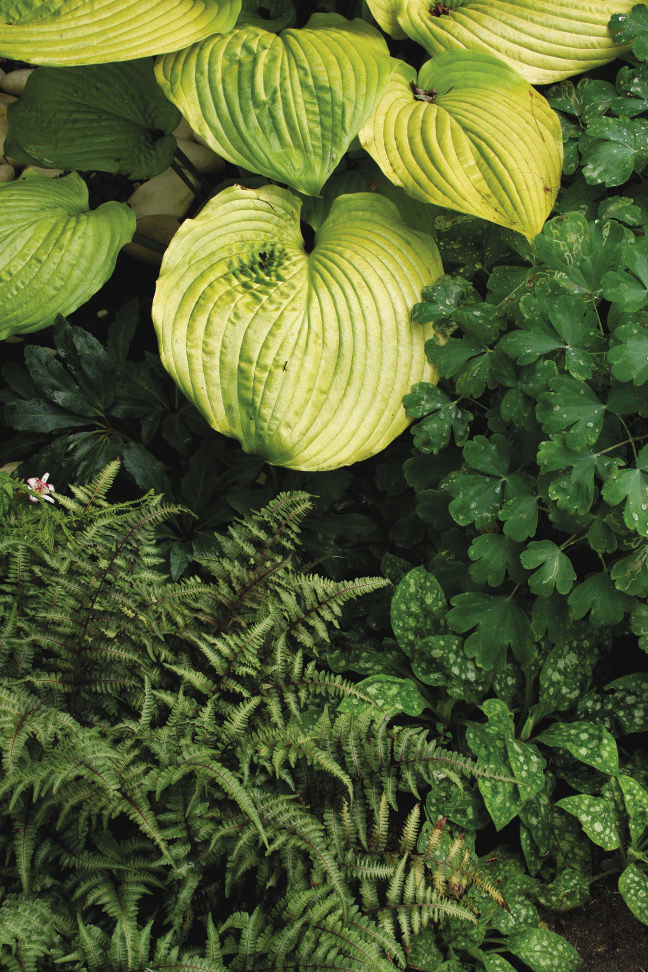
Even the best long-blooming plants eventually stop flowering, unfortunately, and relying on only white flowers to provide the pop of light in this garden would be too one-dimensional—and it would have greatly limited my plant options. So to get more light coloring into the garden, I broadened my palette to include plants with pale foliage. I chose shrubs with virtually all-white foliage, like ‘Snow Fairy’ blue-mist shrub (Caryopteris divaricata ‘Snow Fairy’, Zones 5–9); silver-leaved plants, like cardoon (Cynara cardunculus, Zones 7–10); and even perennials with light chartreuse foliage, like ‘Sum and Substance’ hosta (Hosta ‘Sum and Substance’, Zones 3–9). Pale-colored foliage is an incredible substitute for white because it looks like white, especially when paired next to something dark.
Black Balances out Searing Hues
Although white garners a lot of attention, it can easily look blown out. Think about how garish a garden of pure white is in broad daylight; without sunglasses, it could practically burn your retinas. To avoid this, you need to balance vibrant white with black. Sadly, there are not many true black plants. Most fall into the purple or burgundy category, but don’t rule them out: They actually appear black when planted next to white. And remember that shrubs with black berries and perennials with black stems give you even more options to choose from. All of these blackish plants provide a richness and dark quality that provides a perfect balance to white selections, and they also provide a sense of mystery.
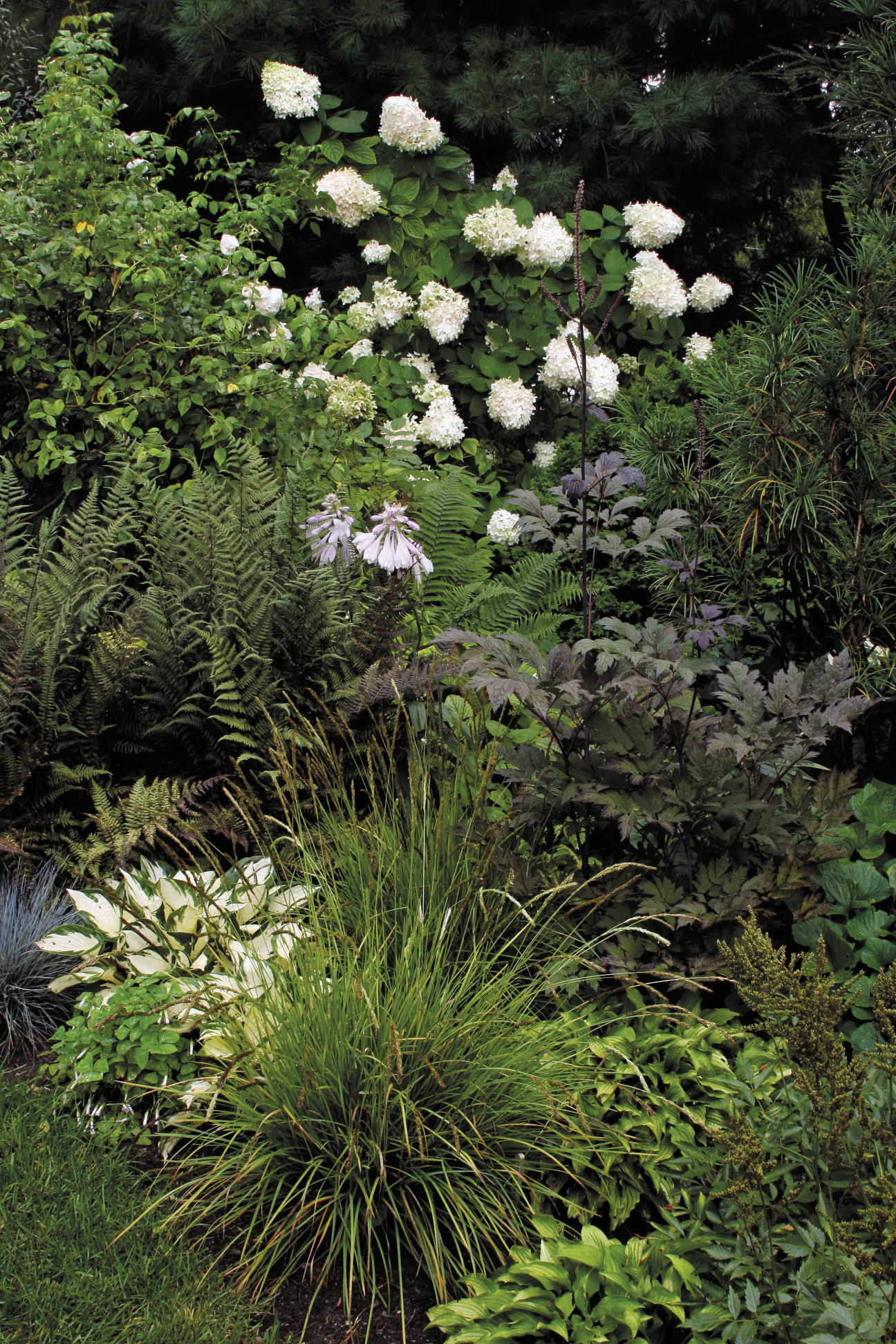
Finding large plants with dark foliage was a little difficult. I was able to get plenty of small and medium-size plants to use, but for the back of the border, I was stumped. Working off my experience with white plants, I decided to experiment and tried using dark green as a substitute for black. I quickly discovered that conifers offered me endless options of dark green—a hue that provides that essential counterbalance to white. Conifers also add a texture that perennials and shrubs simply don’t have. For the same reasons, broad-leaved evergreens, such as rhododendrons (Rhododendron spp. and cvs., Zones 5–9), are outstanding dark plants, too.
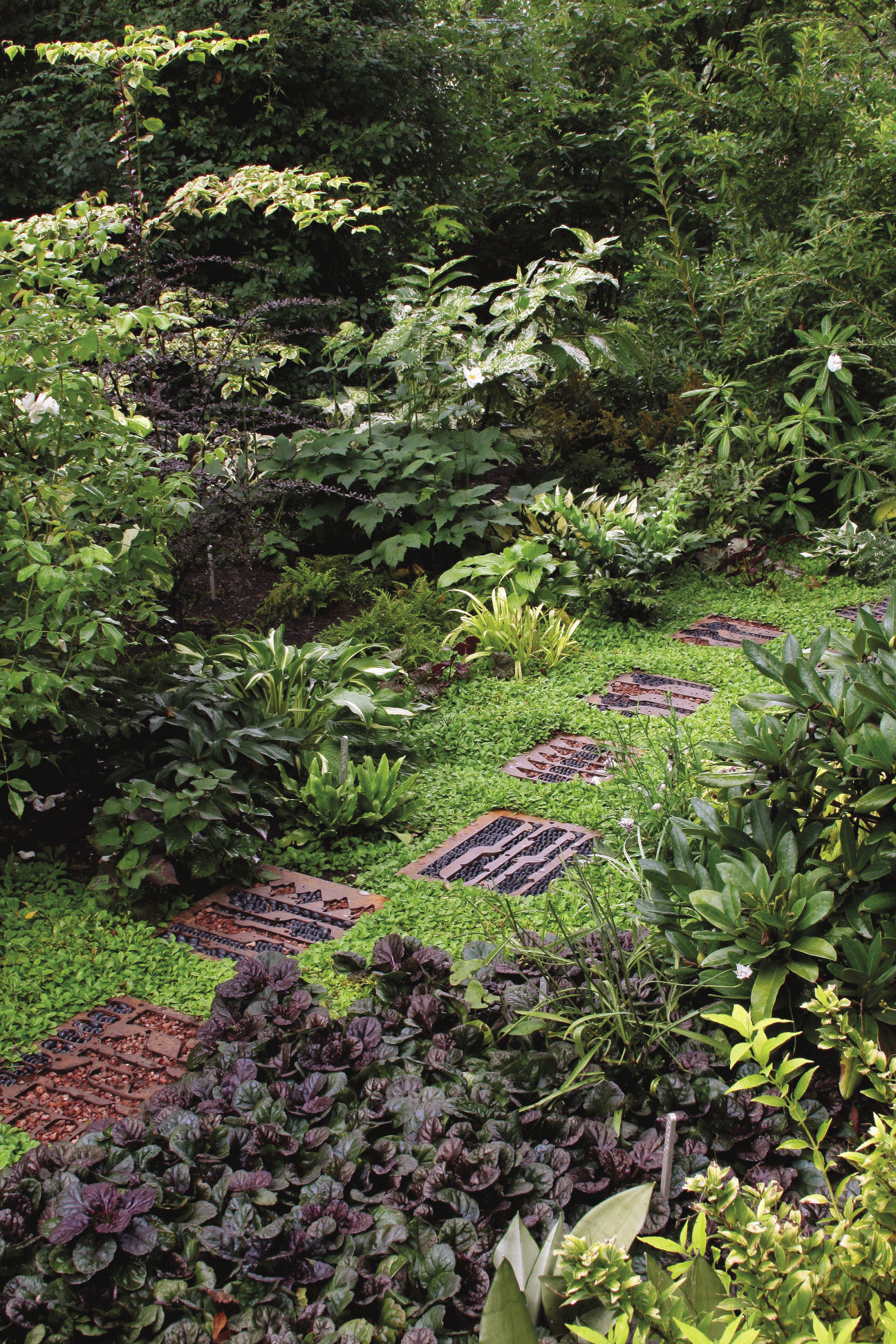
Once you learn how to push the limits of color, your garden will never be boring again.
White-and-Green Variegation Bridges the Gap
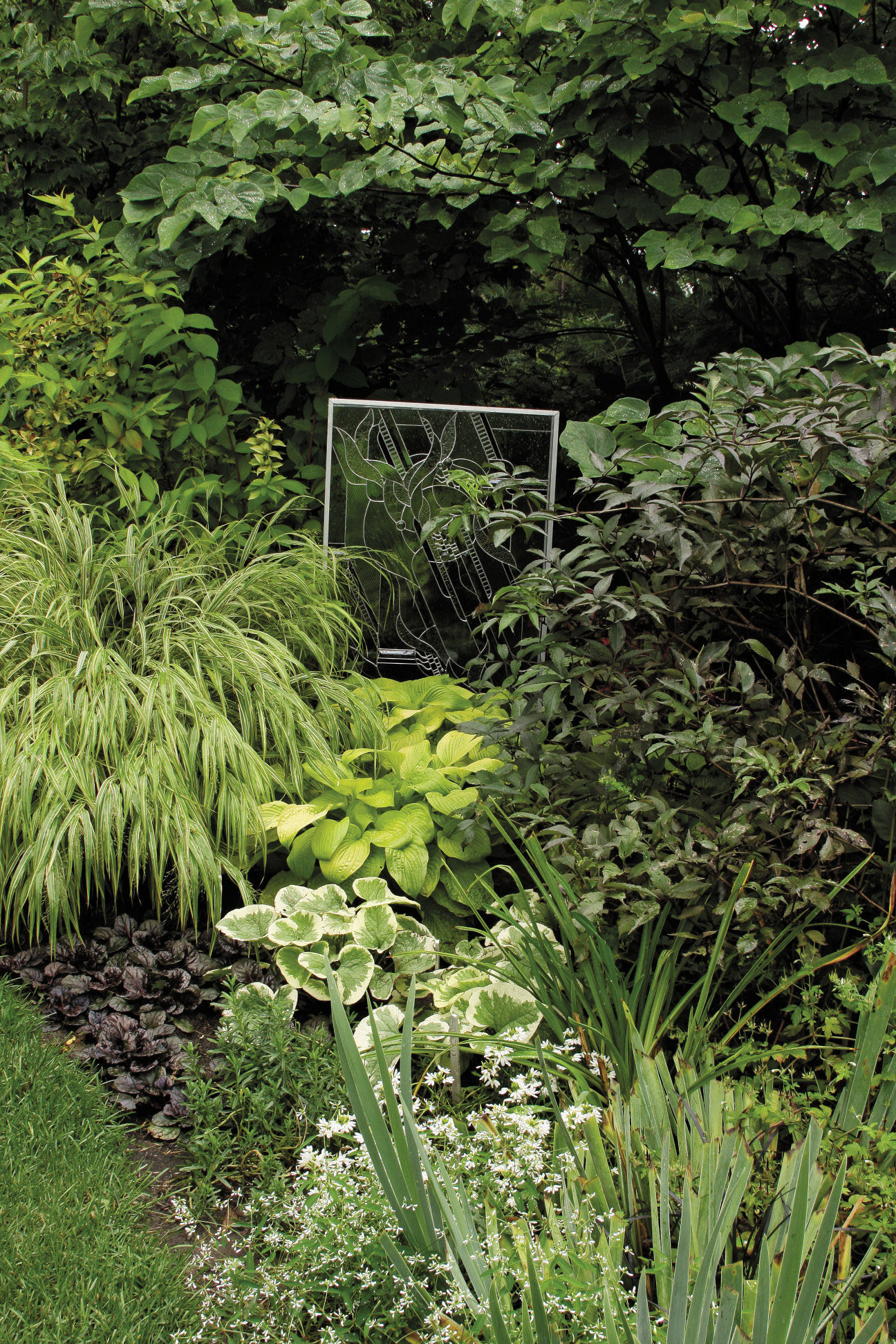
What about variegated plants? Where do they fit in? Black-and-white combinations, although striking, would likely stick out oddly if it weren’t for white-and-green-variegated plants. These special plants connect their black and white cousins because they are both light and dark hued. Just because white-and-green-variegated plants are used as connectors, you shouldn’t think of them simply as the plus sign in the black-and-white equation. Because of their dual hue, they effortlessly accentuate the dark and light plants around them but simultaneously manage to give off their own independent glow. Their numbers are many compared to all-black or all-white plants, so you’ll never have a difficult time finding plant options.
Every gardener strives for a garden that is always interesting. My secret to achieving that goal was creating striking black-and-white color combinations—the ultimate in contrasts. Regardless of what is flowering, this pairing always shimmers. And I guarantee that, once you learn how to push the limits of color, your garden will never be boring again. •
Your Camera can Help you Find the Perfect Balance
Finding the perfect balance of black and white in the garden can be taxing. Sometimes an area can seem too bright or too dark, but it’s hard to put a finger on what to add or take away to rectify the situation. I suggest using your camera to take photos of the garden. When importing them into a photo program on your computer, select the “negative effect” editing tool. This option changes your image to black and white but reverses the colors—turning all the white areas black and vice versa. By hyperexaggerating the composition, it becomes easy to tell what’s missing to balance things out.
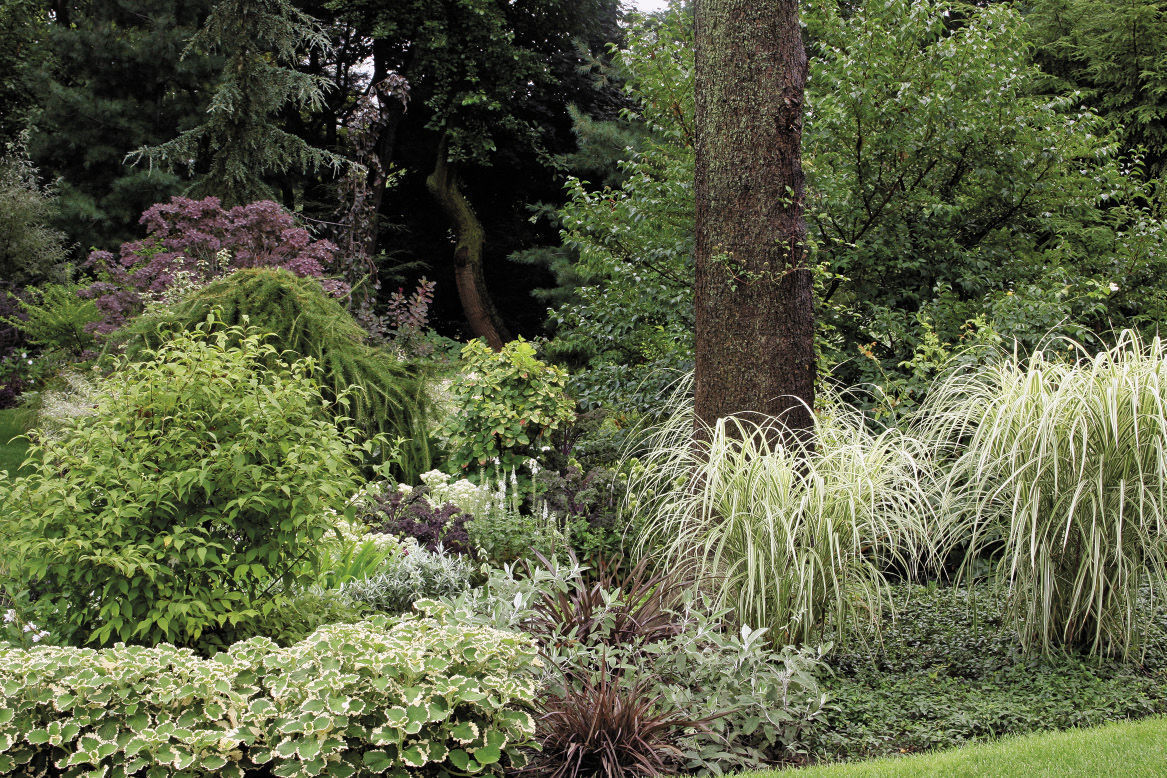
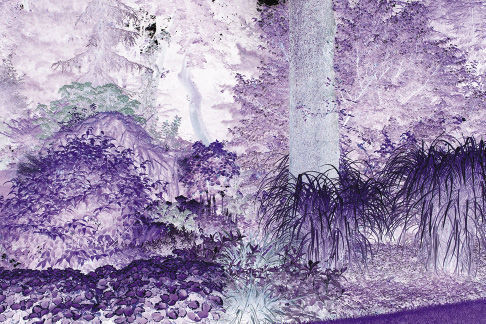
Too Light
The large concentration of dark blotches (right) suggests that this area is too white and needs some black plants added to the mix to balance things out.
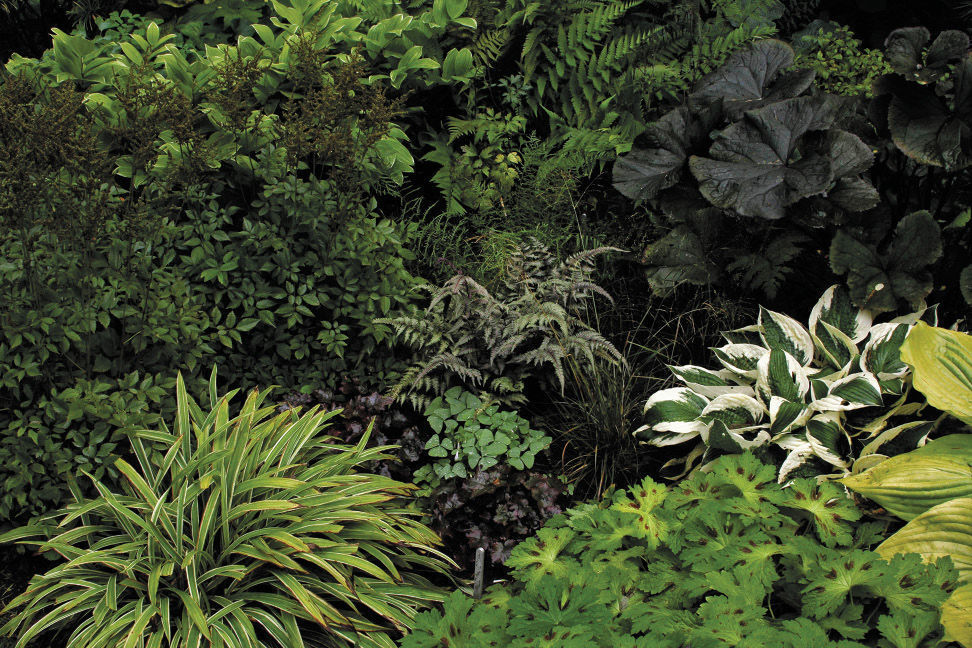
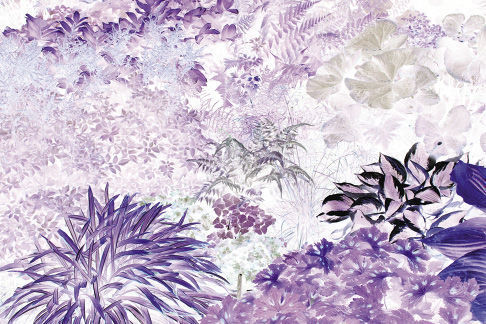
Too Dark
A sea of light coloring (right) indicates that this section of the garden could use more white, especially because the only thing registering as light in color are the edges of the hosta.

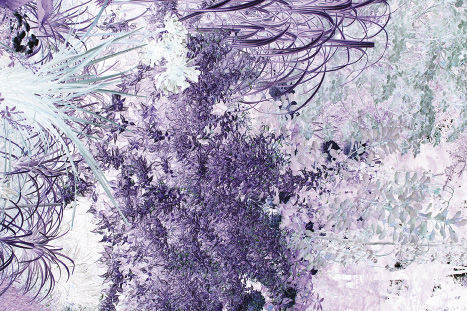
Just Right
A 50/50 balance between dark and light (right) is the ideal ratio for a successful black-and-white combination.
Barbara Weirich gardens extensively in the challenging climate of Benton Harbor, Michigan.
Photos: Danielle Sherry


















Comments
Log in or create an account to post a comment.
Sign up Log in